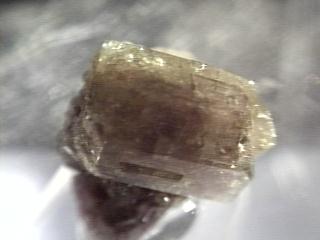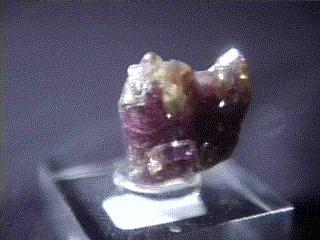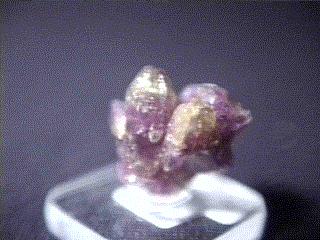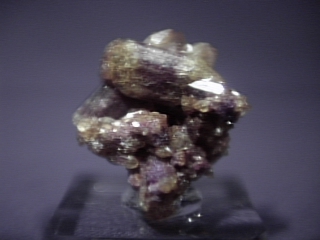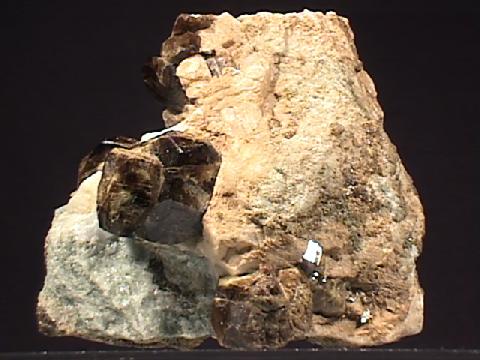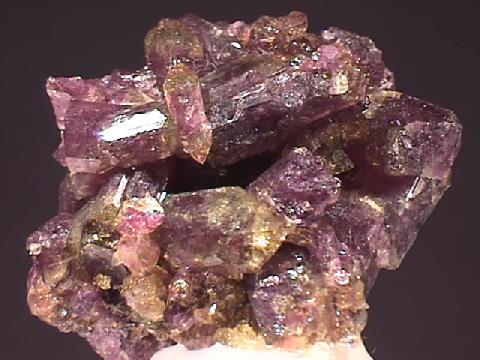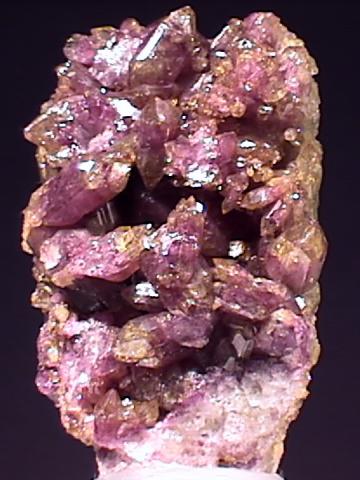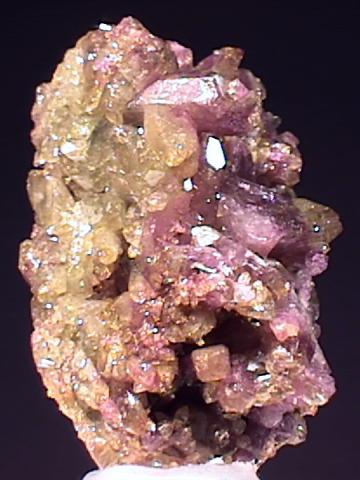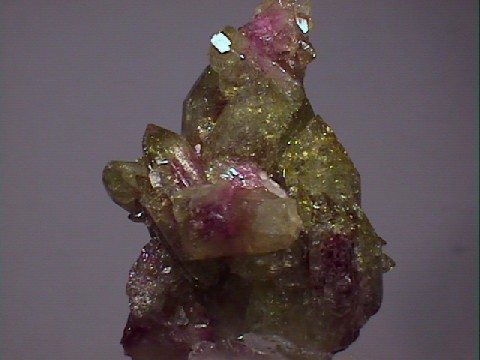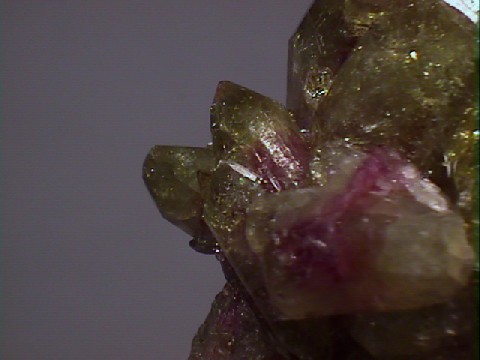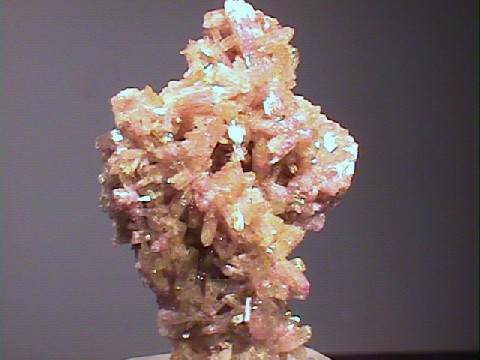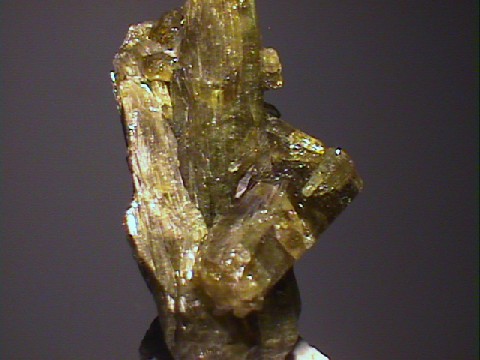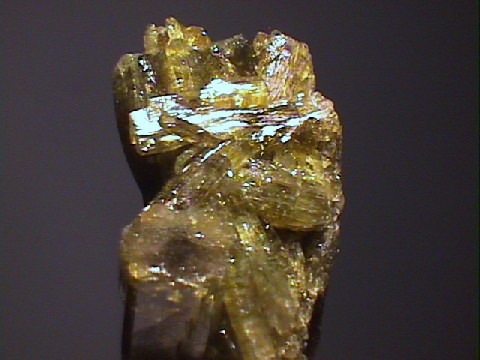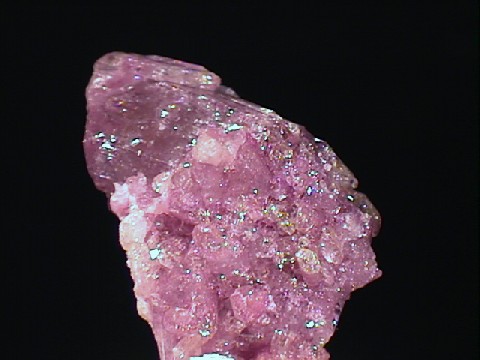 THE MINERAL VESUVIANITE OR IDOCRASE
THE MINERAL VESUVIANITE OR IDOCRASE
- Chemistry: Ca10(Mg, Fe)2Al4(SiO4)5(Si2O7)2(OH)4, Calcium Magnesium Iron Aluminum Silicate Hydroxide.
- Class: Silicates
- Subclass: Sorosilicates
- Uses: mineral specimens and the gemstone, Idocrase
Specimens
Oddly enough, some of its structure is similar to that of grossularite, a
Vesuvianite forms as a result of contact metamorphism on impure limestones and is usually found with other exotic minerals. A massive green gem variety is called californite from where it is found. It is a somewhat rare and beautiful mineral that can rival many other minerals for interest among mineral collectors.
PHYSICAL CHARACTERISTICS:
- Color is normally green, but also can be brown, yellow, blue and/or purple.
- Luster is vitreous or greasy to resinous.
- Transparency crystals are transparent to translucent.
- Crystal System tetragonal; 4/m 2/m 2/m
- Crystal Habits include prismatic crystals with an overall square cross-section. There is usually two sets of four sided prisms with one set being dominant. The termination is usually a four sided pyramid that can be either steeply or gently sloped. The faces of the pyramids align with the faces of the prisms making an edge that is perpendicular to the length of the crystal (as opposed to the tetragonal mineral apophyllite). A pinacoid can truncate the pyramid or form the entire termination. Massive forms are common and difficult to distinguish from massive garnet.
- Cleavage poor, in one direction lengthwise.
- Fracture is conchoidal to uneven.
- Hardness is 6.5
- Specific Gravity is 3.3 - 3.5
- Streak is white.
- Other Characteristics: striated lengthwise and is slightly pleochroic.
- Associated Minerals are garnets, calcite, wollastonite, diopside and serpentine.
- Notable Occurances Asbestos, Quebec, Canada; California and the New England region of USA; Mt Vesuvius, Italy; Ural Mountains, Russia and Switzerland.
- Best Field Indicators crystal habit, color, cleavage and localities.

